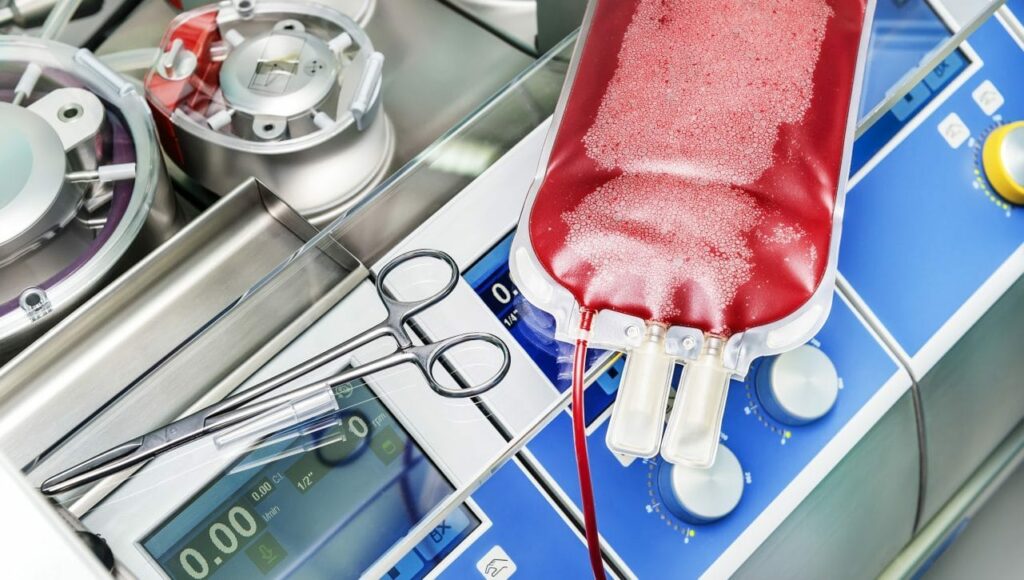Red Blood Cell Dysfunction: a New Player in Cardiovascular Disease

The primary role of red blood cells (RBCs) is to transport oxygen to the tissues and carbon dioxide to the lungs. However, emerging evidence suggests an important role of the RBC beyond being just a passive carrier of the respiratory gases. The RBCs are of importance for redox balance and are actively involved in the regulation of vascular tone, especially during hypoxic and ischaemic conditions by the release of nitric oxide (NO) bioactivity and adenosine triphosphate. The role of the RBC has gained further interest after recent discoveries demonstrating a markedly altered function of the cell in several pathological conditions. Such alterations include increased adhesion capability, increased formation of reactive oxygen species as well as altered protein content and enzymatic activities. Beyond signalling increased oxidative stress, the altered function of RBCs is characterized by reduced export of NO bioactivity regulated by increased arginase activity. Of further importance, the altered function of RBCs has important implications for several cardiovascular disease conditions. RBCs have been shown to induce endothelial dysfunction and to increase cardiac injury during ischaemia-reperfusion in diabetes mellitus. Finally, this new knowledge has led to novel therapeutic possibilities to intervene against cardiovascular disease by targeting signalling in the RBC. These novel data open up an entirely new view on the underlying pathophysiological mechanisms behind the cardiovascular disease processes in diabetes mellitus mediated by the RBC. This review highlights the current knowledge regarding the role of RBCs in cardiovascular regulation with focus on their importance for cardiovascular dysfunction in pathological conditions and therapeutic possibilities for targeting RBCs in cardiovascular disease.
